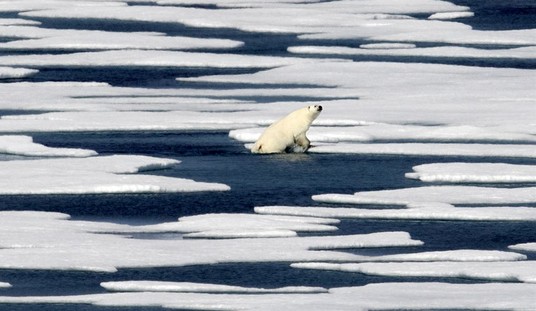The secret documents, released on the Internet by an organization called WikiLeaks, are a daily diary of an American-led force often starved for resources and attention as it struggled against an insurgency that grew larger, better coordinated and more deadly each year…
Over all, the documents do not contradict official accounts of the war. But in some cases the documents show that the American military made misleading public statements — attributing the downing of a helicopter to conventional weapons instead of heat-seeking missiles or giving Afghans credit for missions carried out by Special Operations commandos…
The [civilian] dead, the reports repeatedly indicate, were not suicide bombers or insurgents, and many of the cases were not reported to the public at the time. The toll of the war — reflected in mounting civilian casualties — left the Americans seeking cooperation and support from an Afghan population that grew steadily more exhausted, resentful, fearful and alienated.
***
The documents, to be made available by an organization called WikiLeaks, suggest that Pakistan, an ostensible ally of the United States, allows representatives of its spy service to meet directly with the Taliban in secret strategy sessions to organize networks of militant groups that fight against American soldiers in Afghanistan, and even hatch plots to assassinate Afghan leaders…
Some of the reports describe Pakistani intelligence working alongside Al Qaeda to plan attacks. Experts cautioned that although Pakistan’s militant groups and Al Qaeda work together, directly linking the Pakistani spy agency, the Directorate for Inter-Services Intelligence, or ISI, with Al Qaeda is difficult…
American officials have described Pakistan’s spy service as a rigidly hierarchical organization that has little tolerance for “rogue” activity. But Pakistani military officials give the spy service’s “S Wing” — which runs external operations against the Afghan government and India — broad autonomy, a buffer that allows top military officials deniability.
***
The accusations against the ISI in the war logs range from spectacular to lurid. Reports describe covert ISI plots to train legions of suicide bombers, smuggle surface-to-air missiles into Afghanistan, assassinate President Hamid Karzai and poison western beer supplies.
But despite the startling allegations the files yield little convincing evidence behind Afghan accusations that the ISI is the hidden hand behind the Taliban.
Much of the intelligence is unverifiable, inconsistent or obviously fabricated, and the most shocking allegations, such as the Karzai plot, are sourced to the National Directorate of Security (NDS), Afghanistan’s premier spy agency, which has a history of hostility towards the ISI.
“The vast majority of this is useless,” a retired US officer with long experience in the region told the Guardian.”There’s an Afghan prejudice that wants to see an ISI agent under every rock.”
***
Deciding whether to publish secret information is always difficult, and after weighing the risks and public interest, we sometimes chose not to publish. But there are times when the information is of significant public interest, and this is one of those times. The documents illuminate the extraordinary difficulty of what the United States and its allies have undertaken in a way that other accounts have not.
Most of the incident reports are marked “secret,” a relatively low level of classification. The Times has taken care not to publish information that would harm national security interests. The Times and the other news organizations agreed at the outset that we would not disclose — either in our articles or any of our online supplementary material — anything that was likely to put lives at risk or jeopardize military or antiterrorist operations. We have, for example, withheld any names of operatives in the field and informants cited in the reports. We have avoided anything that might compromise American or allied intelligence-gathering methods such as communications intercepts. We have not linked to the archives of raw material. At the request of the White House, The Times also urged WikiLeaks to withhold any harmful material from its Web site.
***
White House National Security Adviser James Jones issued a statement that begins: “The United States strongly condemns the disclosure of classified information by individuals and organizations which could put the lives of Americans and our partners at risk, and threaten our national security.
“Wikileaks made no effort to contact us about these documents – the United States government learned from news organizations that these documents would be posted. These irresponsible leaks will not impact our ongoing commitment to deepen our partnerships with Afghanistan and Pakistan; to defeat our common enemies; and to support the aspirations of the Afghan and Pakistani people.
“The documents posted by Wikileaks reportedly cover a period of time from January 2004 to December 2009. On December 1, 2009, President Obama announced a new strategy with a substantial increase in resources for Afghanistan, and increased focus on al Qaeda and Taliban safe-havens in Pakistan, precisely because of the grave situation that had developed over several years.”
***
The Times report – along with the public examination of the trove of WikiLeaks documents – will almost certainly reignite the public debate over the war in Afghanistan, and the Obama administration’s strategy there. The president’s already soft support in his own party will probably soften further. The key question is whether nervous Republicans will join them.
***
Click the image to watch.









Join the conversation as a VIP Member